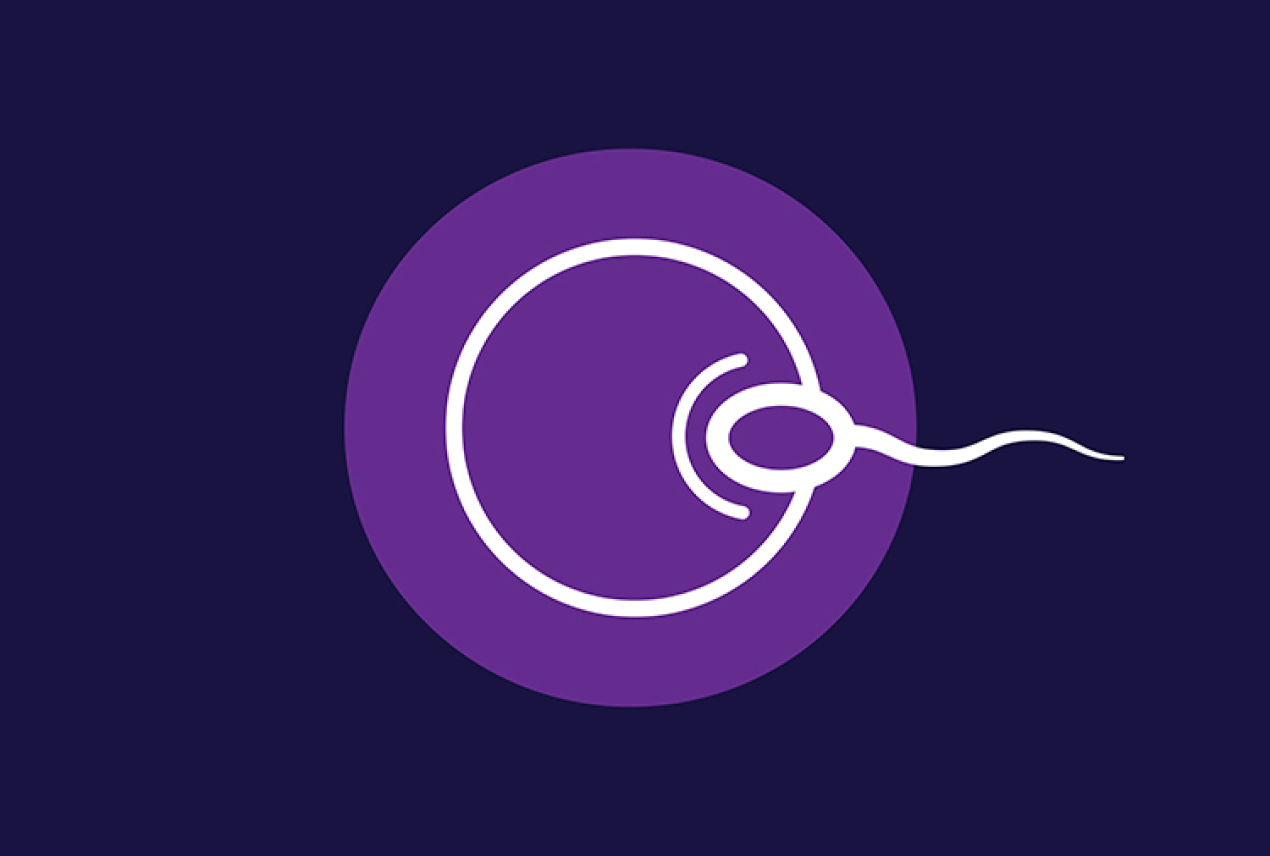Fertility refers to the ability to naturally conceive and produce children. To be fertile, a number of processes and structures have to be functioning correctly. Healthy eggs and sperm, unobstructed fallopian tubes, healthy embryos and a nourishing hormonal environment in a woman's body are typical prerequisites for fertility.
Infertility is usually diagnosed in a couple who have attempted natural conception for at least a year without success. Infertility can be caused by a variety of elements, including low sperm count or motility, ovulation disorders and inhospitable environmental factors. Infertility affects about 10 percent to 15 percent of couples in the United States, according to the American Pregnancy Association.













